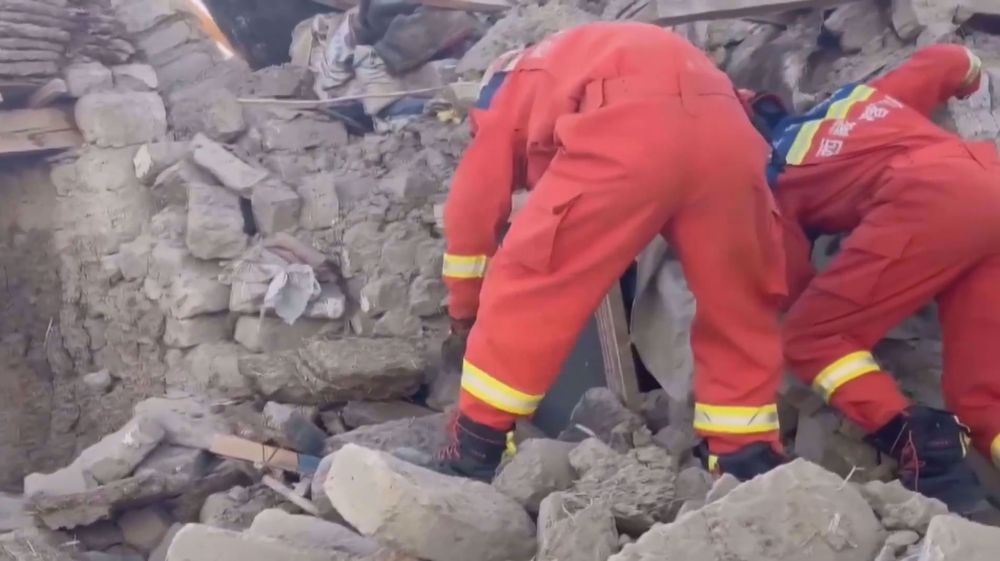Arctic glacier sheds huge chunk as scientists warn of new polar climate regime
Scientists on Monday said the vast and ancient ice sheet sitting atop Greenland had shed a 113-square-kilometer chunk of ice last month.
The section of the Spalte Glacier at the northwest corner of the Arctic island had been cracking for several years before finally breaking free on Aug. 27, clearing the way for inland ice loss to the sea, the Geological Survey of Denmark and Greenland reported.
With climate change driving up Arctic temperatures, the once-solid sea ice cover has been shrinking to stark, new lows in recent years. This year's minimum, still a few days from being declared, is expected to be the second-lowest expanse in four decades of record-keeping. The record low of 3.41 million square kilometers — reached in September 2012 after a late-season cyclonic storm broke up the remaining ice — is not much below what we see today.
Polar advisor for Greenpeace Nordic Dr. Laura Meller warned, "It's really time we stop hitting the snooze button and wake up to the climate emergency."
"We need to curb climate emissions right now immediately and we need to create a network of ocean sanctuaries covering at least a third of the blue planet if we are to take the climate crisis seriously."
From the deck of a research ship, "ice pilot" navigator Paul Ruzycki mused over how quickly the region was changing since he began helping ships spot and navigate between icebergs in 1996.
"Not so long ago, I heard that we had 100 years before the Arctic would be ice free in the summer. Then I heard 75 years, 25 years, and just recently I heard 15 years. It's accelerating," he said.
In fact, the long-frozen region is already shifting to an entirely new climate regime, marked by the escalating trends in ice melt, temperature rise, and rainfall days, according to new research published Monday in the journal Nature Climate Change.
Those findings, climate scientist Laura Landrum said, were "unnerving."
All three variables — sea ice, temperatures and rainfall — are now being measured well beyond the range of past observations. That makes the future of the Arctic more of a mystery.
"The new climate can't be predicted by the previous climate," Landrum explained. "The Arctic has warmed so significantly that its year-to-year variability is moving outside the bounds of past fluctuations."
Sea ice coverage minimums, in particular, are now about 31% lower than in the decade after 1979, when satellite observations began. The ice has also lost about two-thirds of its bulk, as much of the thicker ice layer built up over years has long since melted away. The current ice regime actually began about two decades ago, the study found.
This vanishing of sea ice also contributes to the region's warming, as the icy white expanse is replaced by patches of dark water that absorb solar radiation rather than reflecting it back out of the atmosphere. The process, referred to as Arctic amplification, helps to explain why the Arctic has warmed more than twice as fast as the rest of the world over the last four decades.
(Source: Reuters)
Hamas thanks Iran, Resistance Front following achievement of ceasefire in Gaza
'Capitulation': Israeli officials and media concede Gaza defeat as truce unfolds
'Gaza has won': Social media users react to ceasefire with mix of relief, joy
Iran seeks South Korea’s assistance for AI, fiber-optic projects
VIDEO | Iran's 'Eqtedar' (Power) maneuver
Israel hits HTS military target in Syria for 1st time since fall of Assad
VIDEO | Press TV's news headlines
Israel has slaughtered 13,000 students in Gaza, West Bank









 This makes it easy to access the Press TV website
This makes it easy to access the Press TV website